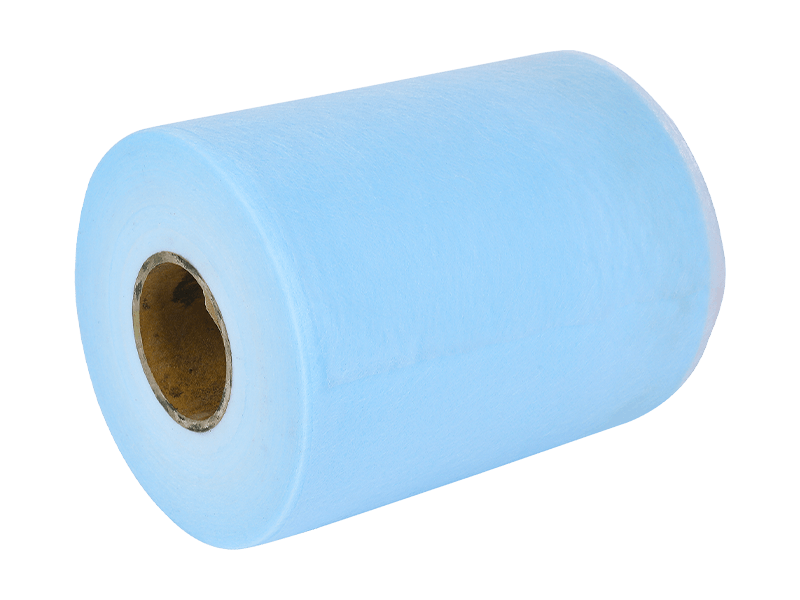Medical nonwoven fabric offer several key advantages in surgical applications, making them popular choices in the healthcare industry. Some of the key advantages include:
Sterility and Infection Control: Nonwoven fabrics used in surgical applications are typically manufactured to be sterile, which helps reduce the risk of infections during surgery. They provide a reliable barrier against microorganisms, preventing their passage into or out of the surgical site.
Absorbency: Nonwoven fabrics can be engineered to be highly absorbent, allowing them to soak up fluids and blood during surgery. This feature helps maintain a clean and clear surgical field, improving visibility for the surgical team.
Softness and Comfort: Nonwoven fabrics are often designed to be soft and gentle on the skin, reducing the risk of irritation and discomfort for the patient. This is particularly important for patients undergoing lengthy surgical procedures.
Breathability: Some nonwoven fabrics are breathable, allowing air and moisture vapor to pass through while maintaining their barrier properties. This breathability can enhance patient comfort during and after surgery and helps prevent excessive moisture buildup.

Lightweight and Flexible: Nonwoven fabrics are typically lightweight and flexible, providing ease of use for surgical staff. They conform well to the body's contours, making them suitable for various surgical procedures.
Cost-Effectiveness: Nonwoven fabrics can be manufactured at a relatively low cost compared to traditional woven fabrics. This cost-effectiveness makes them more accessible for single-use applications, reducing the risk of cross-contamination between patients.
Customizable Properties: Manufacturers can customize nonwoven fabrics to meet specific surgical requirements. They can adjust the material's strength, absorbency, and barrier properties to suit different surgical procedures.
Hypoallergenic: High-quality medical nonwoven fabrics are often hypoallergenic, reducing the risk of allergic reactions in sensitive patients.
Single-Use and Disposable: Many nonwoven fabrics used in surgical settings are designed for single-use and disposal. This eliminates the need for extensive cleaning and sterilization processes, saving time and resources.
Eco-Friendly Options: Some medical nonwoven fabrics are designed to be environmentally friendly, using biodegradable materials and sustainable manufacturing processes.
Medical nonwoven fabrics offer a combination of protective, functional, and economic benefits, making them an essential component of modern surgical procedures.


